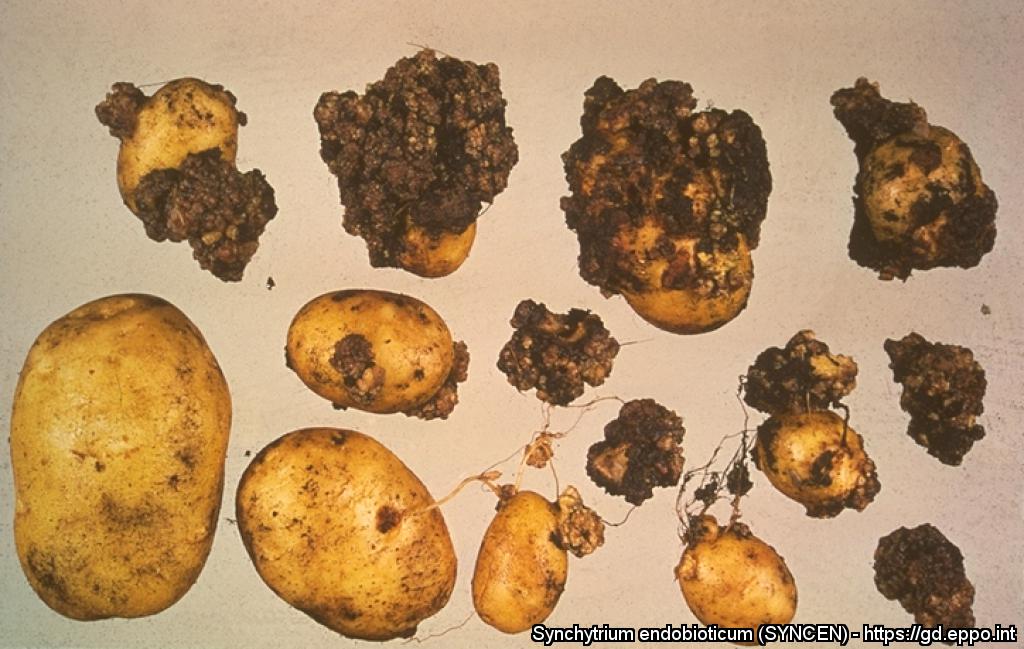Potato wart disease is one of the most important quarantine diseases of potato in the world. The disease is caused by Synchytrium endobioticum, which after infection causes tumour-like outgrowths near a meristematic tissue. The disease has a worldwide distribution but is usually restricted to certain areas within the countries affected.
In Georgia, symptoms of wart were first seen in 2009–2013 during observations on potato in home gardens in Khulo district, although they may have been present since 2006. However, potato wart presence was only confirmed by PCR in 2013. Isolates pw13N and pw13 of Synchytrium endobioticum collected from the infested area of the village Didadjara, Khulo municipality were tested using laboratories in Georgia and the Netherlands in the framework of collaboration between scientists of Batumi State University and the National Plant Protection organization of the Netherlands. Additionally, pot tests were carried out in Georgia. Based on the results obtained, the pathotype found in Georgia is not known from Europe, and based on its reactions this pathotype resembles pathotype 38 (Nevşehir) detected in (the non-European part of) Turkey.
Photo: EPPO (2024) EPPO Global Database. https://gd.eppo.int
Reference: Sikharulidze, Z. V., Ghoghoberidze, S. Y., Mentink, N. M., Meparishvili, G. V., Tsetskhladze, Ts. M. and van Leeuwen, G. C. M. (2019). Identification of the pathotype of Synchytrium endobioticum, causal agent of potato wart disease, present in Georgia. EPPO Bulletin, 49: 314–320. https://doi.org/10.1111/epp.12582

